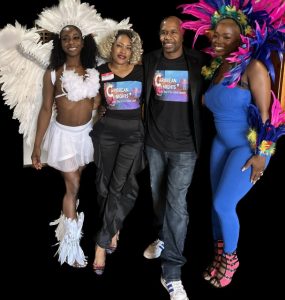
Today we’d like to introduce you to Brian Hebert.
Hi Brian, it’s an honor to have you on the platform. Thanks for taking the time to share your story with us – to start maybe you can share some of your backstory with our readers?
I was born and raised in South Central, Los Angeles, California and lived from Compton to Inglewood. I went to college in Baton Rouge, Louisiana to the infamous Southern University and A&M College and graduated in 97 with a BFA. After returning home to LA, I married my college sweetheart, had two children and moved my family to Atlanta, Georgia to help open an arts facility and start an arts program at the Southwest Art Center, which is where I cut my teeth and honed my talents as an artist, curator and educator. I learned how to collaborate with artists of various genres as well, working on theatrical productions; set design and scenic paintings and alongside actors and directors. We organized an award-winning teen arts program and held a super star-studded summer arts camp for the youth ages 5-12. My time at the Southwest Art Center was a good time spent. After leaving the Southwest Art Center, I became Executive Director at Arts Clayton, a non-profit arts organization in Historic Jonesboro with a history spanning over three decades. I have exhibited work internationally in Havana, Cuba along with my partners in Cuba from the Jose Marti Community Arts Collective which will exhibit with us for our upcoming International Arts and Culture Festival and Exhibition, titled Internationalist Spirit 3: Hand in Hand during the Caribbean Nights Festival in October 2023.
Can you talk to us a bit about the challenges and lessons you’ve learned along the way. Looking back would you say it’s been easy or smooth in retrospect?
Upon moving to Atlanta, as soon as we touched down and attempted to get situated, my wife was diagnosed with breast cancer, a year later she died of the disease, which left me to raise my 3-year-old daughter and a 1-year-old son. This experience was extremely difficult to work through and get past, but all I can say is we did it and GOD is good. My son is a senior in college now and his sister is a graduate of Dillard University and an art teacher for Atlanta Schools.
As you know, we’re big fans of you and your work. For our readers who might not be as familiar what can you tell them about what you do?
I’m a conceptual painter because my work is derived from my own concepts, thoughts and ideas. I am fascinated by depth and dimension created on a 2D surface. A particular body of work that I’m pushing and proud of the way the work is coming along is titled, The Return of the Ghetto Bastard, Flags to Rags, which is a concept that deals with the motherless child, which symbolically represents African Americans. I borrowed the Akuaba from Ghanaian culture, specifically a fertility figure used as a symbol for a child, in my work taken from his/her mother (Africa/indigenous) and not expected to survive, although we thrive. I use national flags in the background to symbolize the struggle with colonialism and how the traits and behaviors of colonialism have seeped into black culture and translated into “black-on-black” crimes, seen through gang culture. I use the gang rags and its symbols, in particular, the paisley symbol to depict an image of solidarity in opposition and protest to the toxic and decadent norms adopted by the culture. Some of the symbols reflect the south and its influences, like the shotgun houses and the Kool-Aid colors represented on them. I borrow influences from John Biggers and African folklore, like Anase the Spider as well as West African cultures like The Dogon and their connection to the cosmos and respect for canines as protectors as well as companions.
How do you think about luck?
I can say that good luck is a blessing and I have been blessed throughout, despite the bad and the ugly, both are a part of the good. The path I took set me up to be where I am now, and it also shaped me like ordered steps. I often reference the movie, The Wizard of Oz or better yet, The Wiz when I think about ordered steps, following your path, the yellow brick road is all too real.
Contact Info:
- Website: www.arsclayton.org
- Instagram: bern_174
- Facebook: Brian Hebert

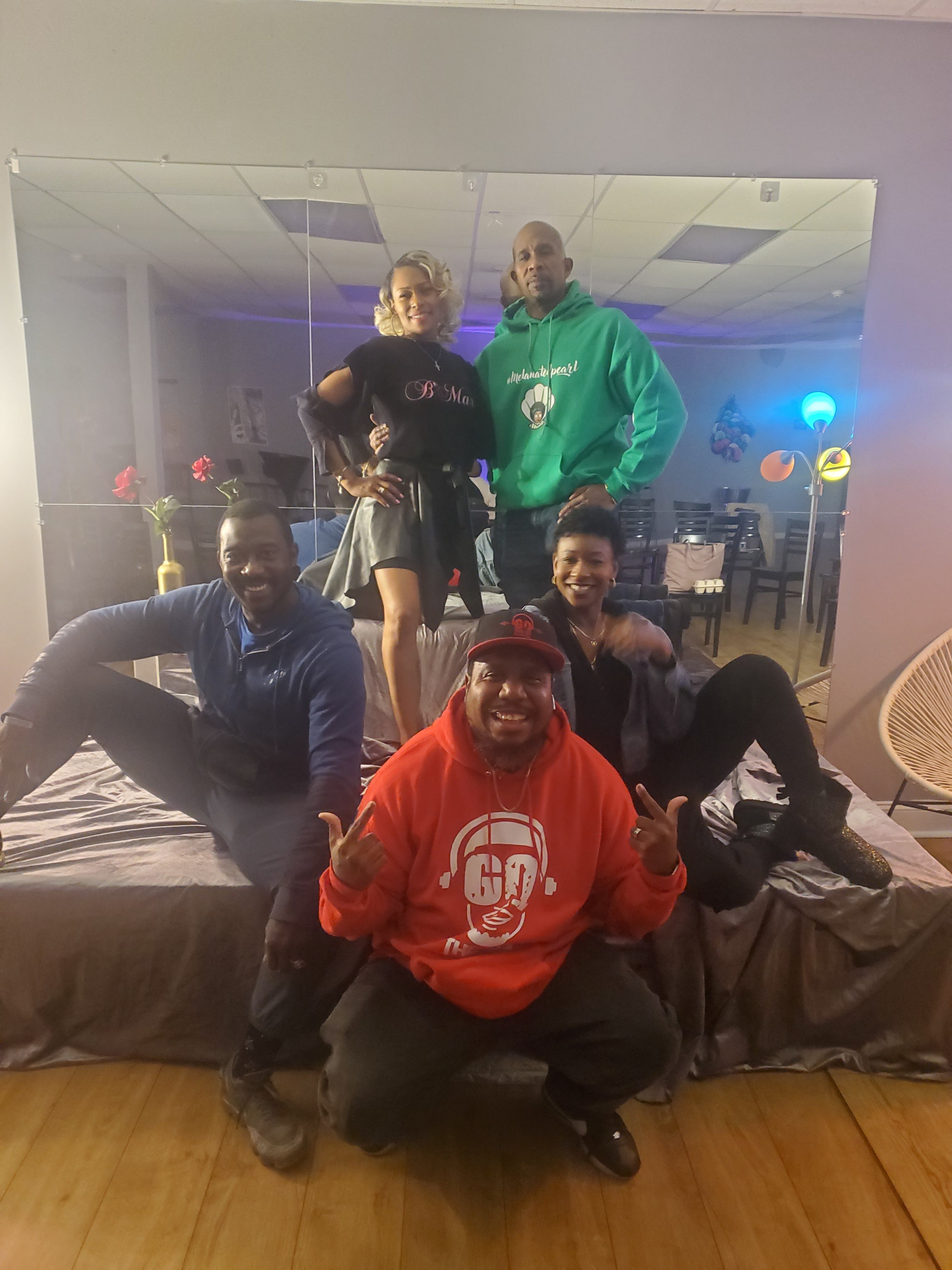
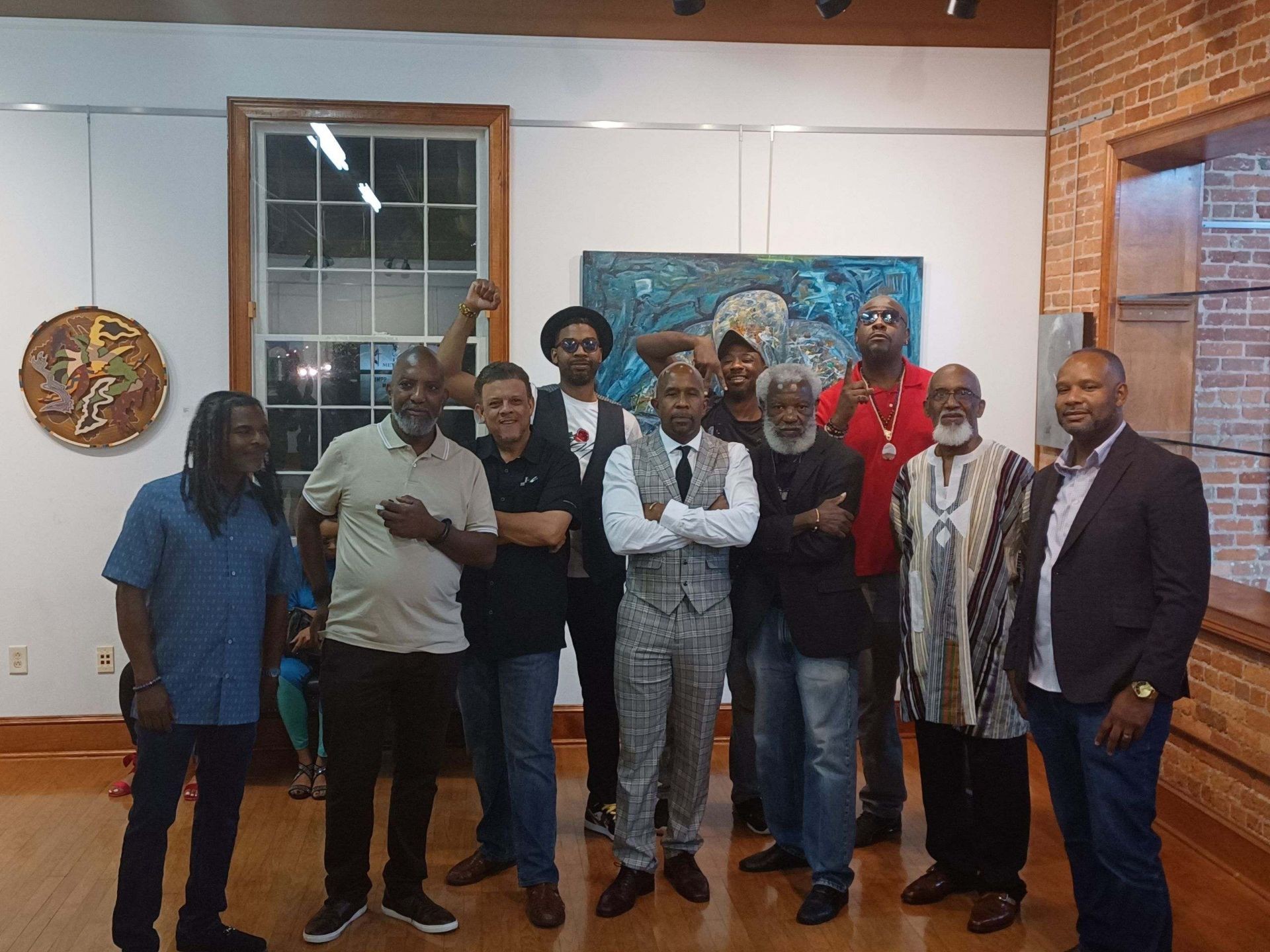
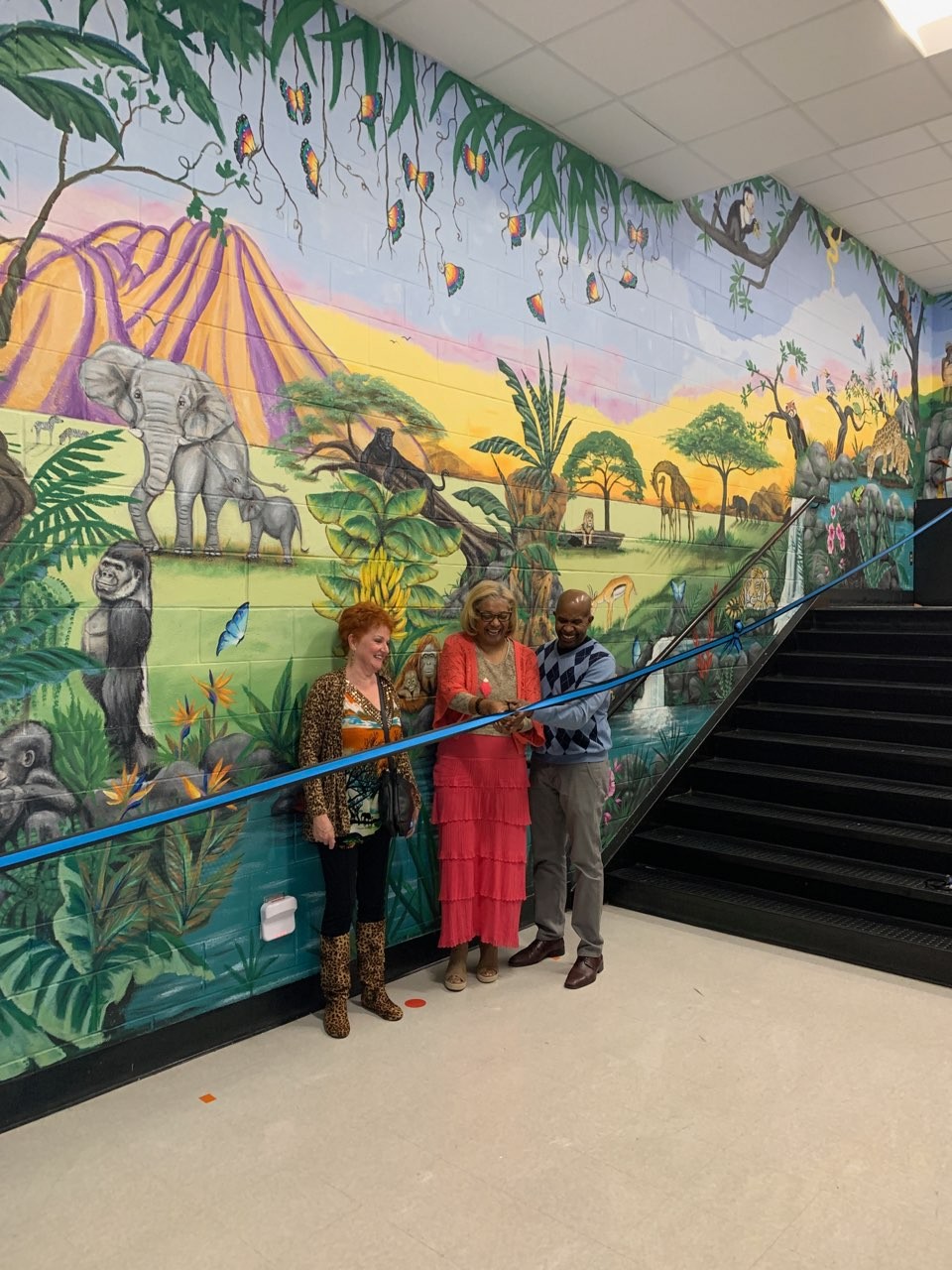
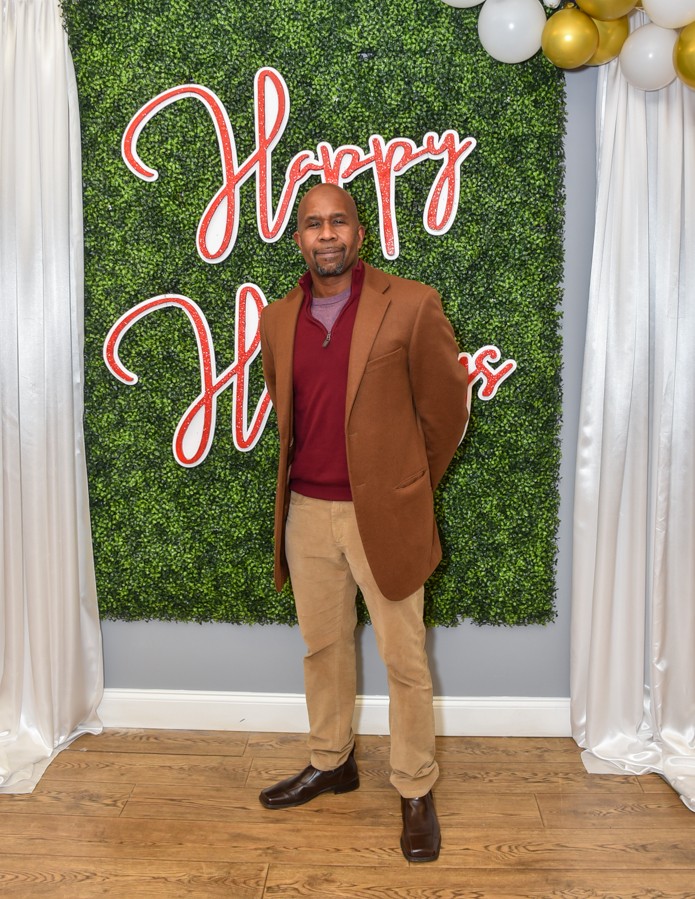
Image Credits
Courtney Hurst.













